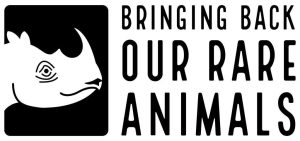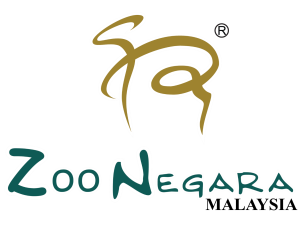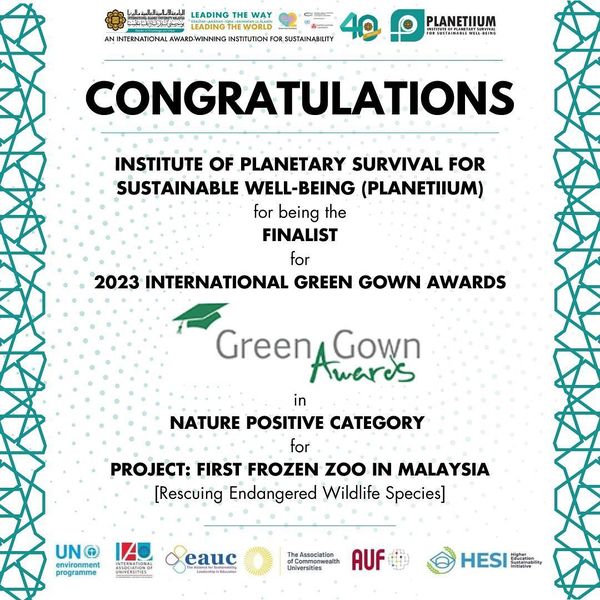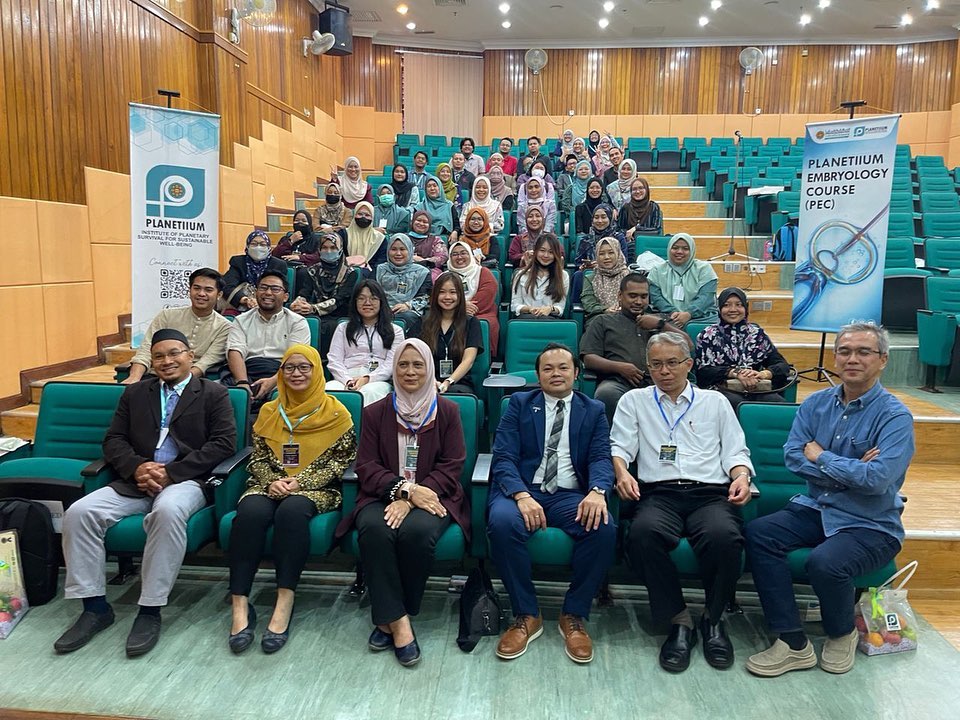IIUM Frozen Zoo
Malaysia is a rain forest country that has various types of wildlife. Urbanization activities like deforestation and plantation had significantly disturbed our ecology and biodiversity which leads to extinction problems. In November 2019, the last Sumatran Rhinoceros in Malaysia was died that triggered the awareness of Malaysian to concern about wildlife. The death of the last Sumatran Rhinoceros underscores how critically essential the collaborative efforts driving the preservation and conservation of the endangered species. From time to time, the number of the other endangered species are increasing. However, it is not too late to start the collection of samples such as tissue, gametes, and cells from the endangered species that still available in Malaysia and will be deposited in the established frozen zoo. At the same time, the researchers will start the new cellular technology namely induced pluripotent stem cells (IPSCs) or somatic cell nuclear transfer (SCNT) cloning approaches using the derived cell lines. Assisted Reproductive Technology (ART) could benefit conservation activities by focusing on breeding and establishing the genomic database. Somatic cell nuclear transfer (SCNT) and induced pluripotent stem cell (IPSC) technologies would be useful in conserving the endangered species at cell line level. This study will be serving the government and society by producing the viable embryo for the cloning activities in the future. This project will be divided into several phases which are deriving the cells of the endangered species; producing the viable embryo via SCNT approach; via iPSC technique; morphology, biochemistry, and genetic changes of the cryopreserved embryo. The findings from this study will serve as a guideline for the development of the endangered species’ embryo which will be ready for the breeding activities.




ENDANGERED SPECIES IN MALAYSIA
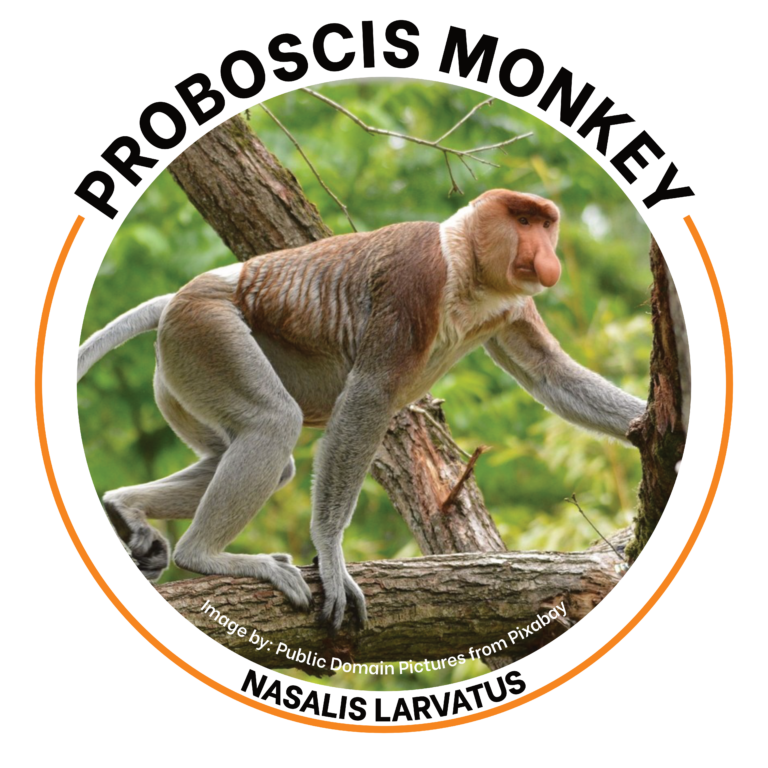

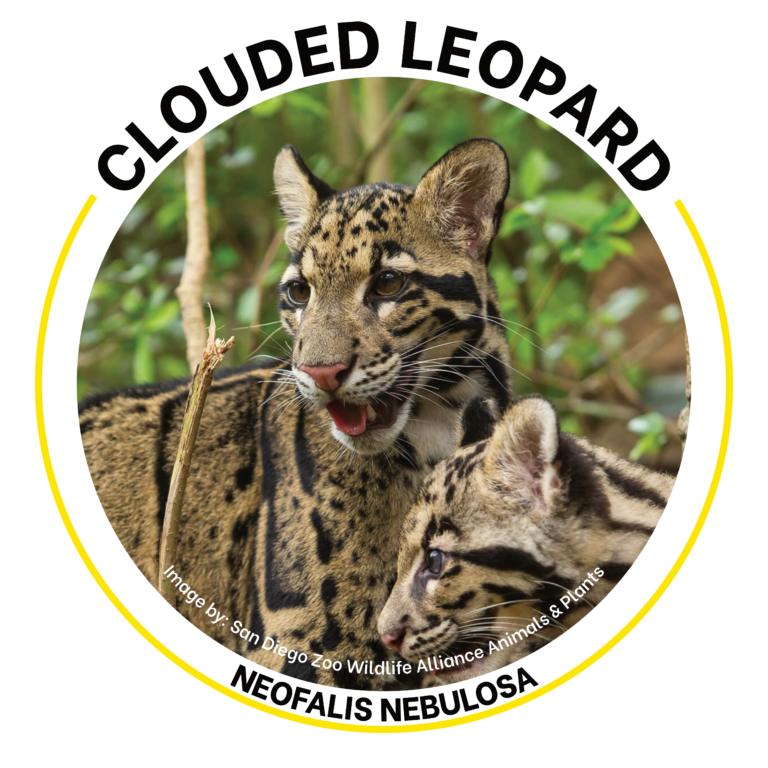

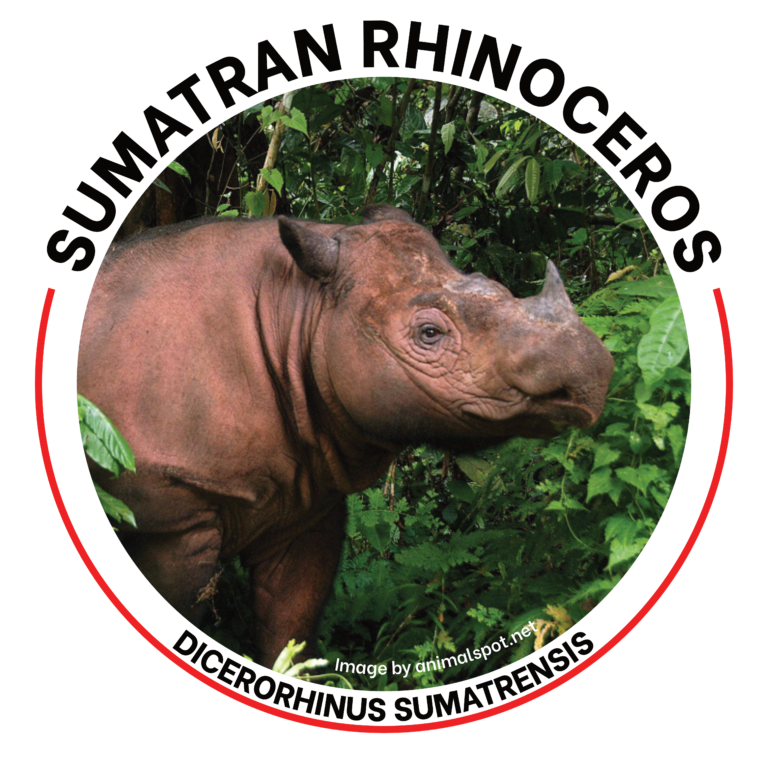

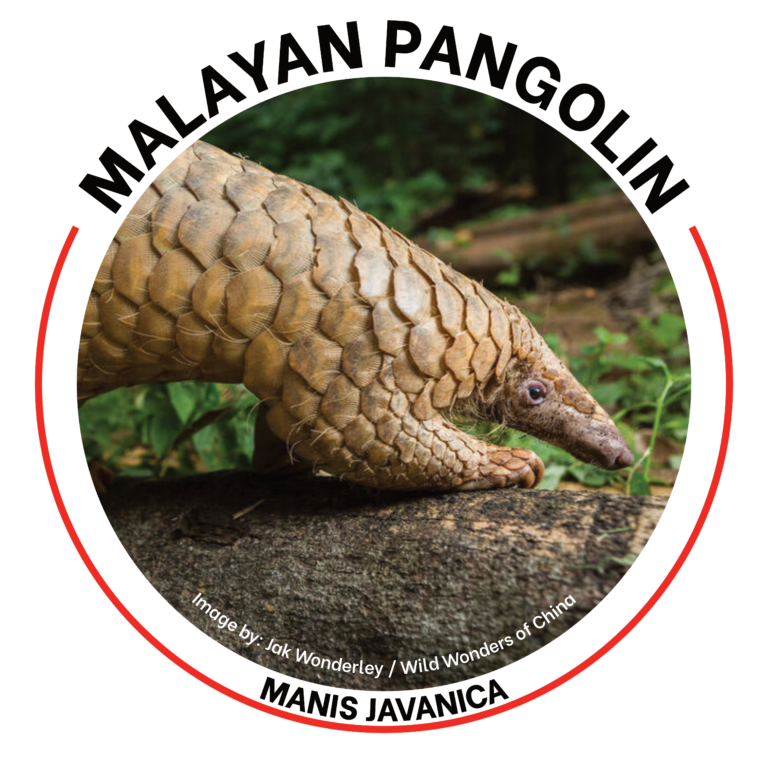
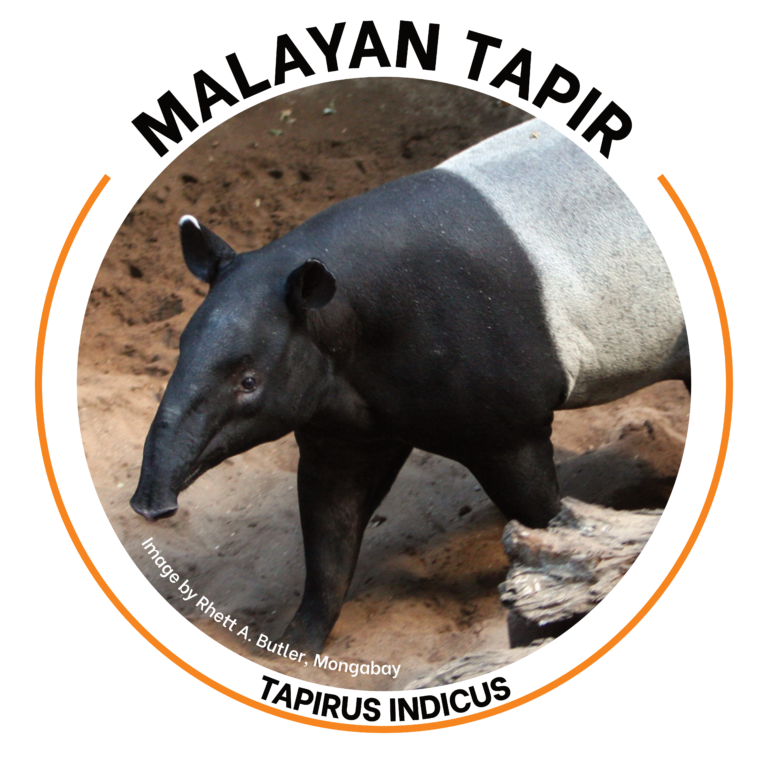
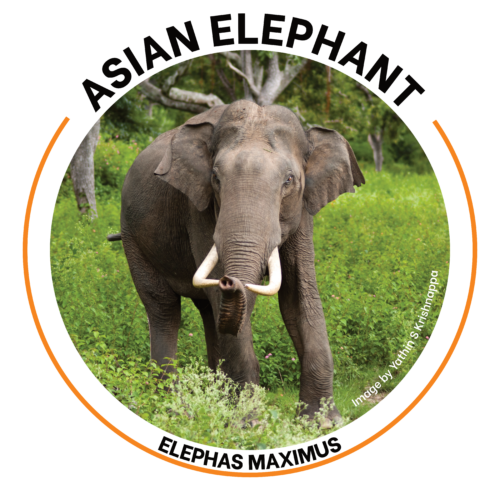








OBJECTIVES
- To culture the cell line from the endangered species’ tissues.
- To establish the somatic cell nuclear transfer (SCNT) protocol for developing the viable embryo.
- To produce the induced pluripotent stem cells (iPSCs) by inducing the fibroblast-like cell of the endangered species with the transcription factors
- To analyse the embryo development based on grade and viability of the developed embryos via SCNT and iPSCs.
- To investigate the morphology, biochemistry, and genetic changes of the developed embryo before and after having cryopreservation.
HOW COMMUNITY CAN BENEFIT FROM THE PROJECT?
- The developed viable cell lines of the endangered species would be the hope for helping in solving the extinction of the endangered species by applying the latest cellular technology. In the future, the applications for producing progeny of the endangered species such as Malayan tiger, Malayan seladang etc could be applied.
- The country will no longer have to depend on foreign researchers or expertise since we already have our own expert human resources in this field, which could avoid more expenses and budgets. Soon our nation will stand together tall with other countries to assist our precious endangered species. The product of this study would be the resources of our country. This will enhance the tourism and economic activities.
- The material from frozen zoo could be shared to local authority or international entities (based on government approval) for the further breeding activities.
- This project also will enhance the transfer of knowledge program. IIUM is not only the one that would have this technology. The collaborators such as BORA, UMS and PERHILITAN will learn and capable to conduct the protocol as well.
PROJECT COLLABORATORS


